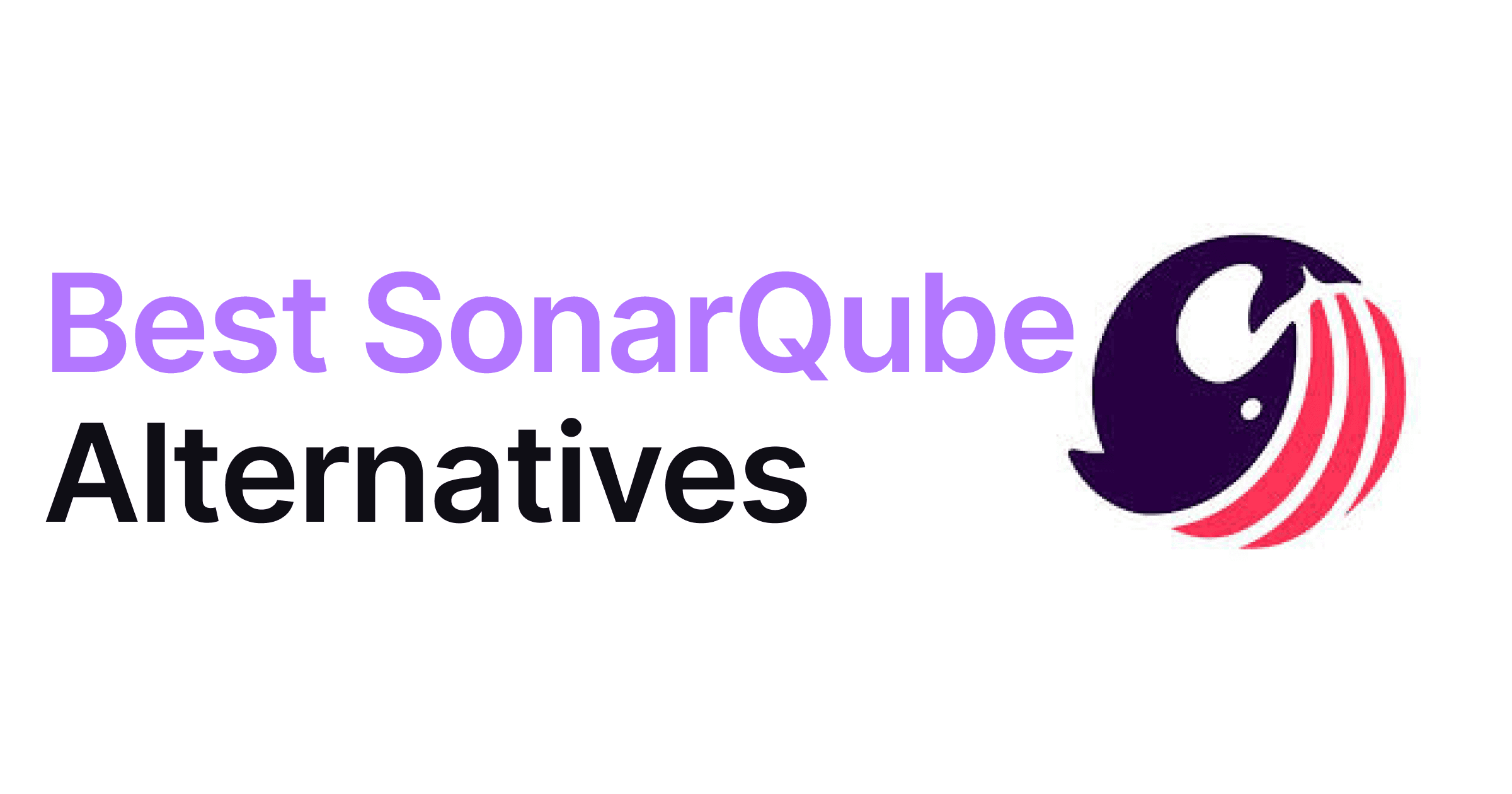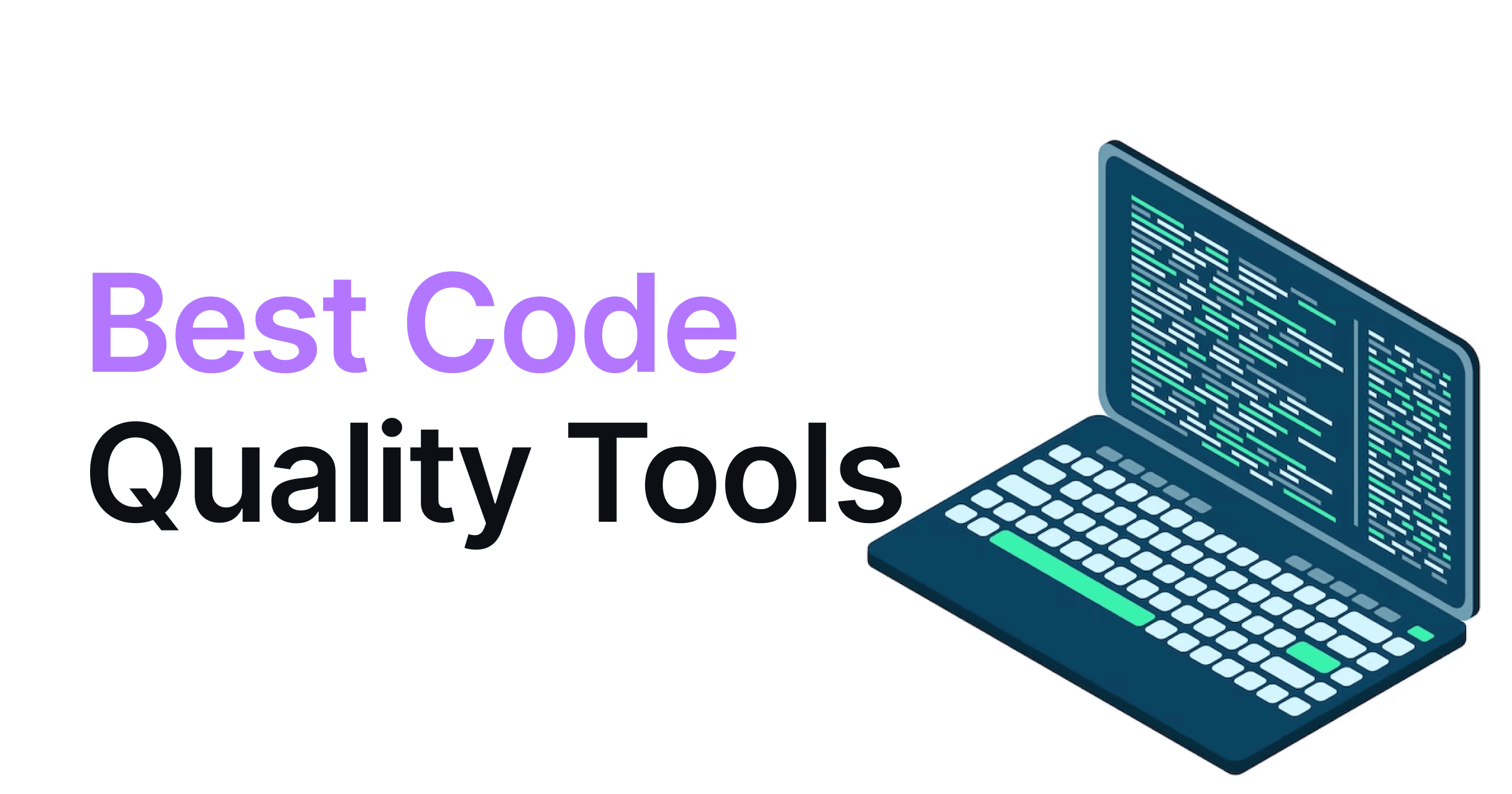AI Code Review
GitHub Code Review
Amartya Jha
• 10 February 2025
Code review tools help developers maintain code quality by catching bugs, enforcing coding standards, and ensuring best practices before merging changes. An extra pair of expert eyes scanning your code for security flaws, performance issues, and maintainability problems.
For teams, they reduce the chances of sloppy code making it into production. For solo devs, they offer automated insights and recommendations.
And for engineering managers? A clear overview of code health across the entire project.
Without proper code reviews, you risk technical debt piling up—leading to slowdowns, unpredictable bugs, and last-minute fire drills.
Why GitHub’s Native Code Review Tools Suck
GitHub does offer built-in review tools, but let’s be real—they’re barebones. You get:
✅ Inline comments on pull requests
✅ Side-by-side and unified diff views
✅ Basic review approvals and requests
That’s it. If you’re just approving minor changes, this might be enough.
But for serious code reviews? You’re settling for less.
Here’s where GitHub’s native tools fall short:
No AI-powered suggestions – It won’t flag potential bugs or suggest fixes.
Limited automation – No intelligent rule enforcement, just manual approvals.
No deep security scanning – You’re on your own for vulnerabilities.
Bad at handling large PRs – No automatic summaries, no easy way to prioritize changes.
The result? Slow, inefficient reviews. If you’re working on complex projects, you need something smarter and that is why we have brought up this blog post.
What Makes a Good Code Review Tool?
Not all review tools are built the same. The best ones help you:
✅ Save time – AI-driven reviews, smart suggestions, and automatic checks.
✅ Improve security – Built-in static analysis to catch vulnerabilities early.
✅ Reduce human error – Automated rule enforcement and coding standards.
✅ Enhance collaboration – Comment threads, integrations, and team workflows.
The tools we’re covering next do exactly that—each with its own strengths and weaknesses.
Let’s dive in.
1. CodeAnt AI
The AI-powered code reviewer that slashes review time and ensures high-quality, secure code from day one.
Key Features
AI PR Summaries – Automatically generates pull request summaries, helping you scan changes in seconds instead of minutes.
Customizable Rules – Tailor the review process to enforce your team's coding standards, making sure best practices are followed.
Security-Focused – Comes with built-in SAST (Static Application Security Testing), IaC scanning, and secret detection, identifying vulnerabilities before they become threats.
Dead Code & Complexity Detection – Identifies unused code, duplications, and overly complex logic to keep your codebase clean and maintainable.
Secrets & Compliance Checks – Ensures compliance with security standards.
Why CodeAnt AI?
If you’re tired of spending hours manually reviewing pull requests, CodeAnt AI is a massive time saver. It automates a large chunk of the review process, intelligently flagging potential issues and security vulnerabilities.
This is a great fit for mid-to-large engineering teams managing multiple repositories across 30+ programming languages and 80 frameworks.
The AI-driven insights make sure your code stays secure, readable, and scalable.
Pricing: 14-day free trial. Paid plans starting from $10/user/month.
2. CodeLantis
CodeLantis is a smart, AI-assisted code review tool that gives full-context insights and speeds up GitHub/GitLab merge request reviews.
Key Features
AI-Powered Reviews – Instantly analyzes code and provides AI-generated feedback in seconds, reducing manual review efforts.
Full Context Mode – Unlike GitHub’s built-in diff viewer, CodeLantis ensures you always see the full file instead of just the changed lines, preventing out-of-context errors.
Grouping System – Helps organize changed files into logical sections, making large PRs easier to navigate and review.
Instant Reverts – Spot a bad change? Undo accidental edits without switching branches or doing Git command-line magic.
Why CodeLantis?
Reviewing large and complex PRs can be a nightmare, but CodeLantis fixes that by providing full context. Instead of making you scroll endlessly through fragmented code changes, it shows the entire file so you can review modifications in the right context.
Downside
❌ Limited customization – While the AI is smart, you can’t fine-tune the review rules as much as CodeAnt allows.
❌ Not fully compatible with all self-hosted Git services – Works great with GitHub and GitLab, but support for on-premises instances is limited.
Pricing: NA. Currently on the waitlist.
3. Crucible
A collaborative code review tool designed for teams using Jira and Bitbucket, with robust auditing, workflow customization, and inline discussions.
Key Features
Flexible Code Reviews – Supports both structured and quick review processes, letting teams choose the right workflow.
Threaded Discussions – Engage in in-depth discussions directly within the code review, keeping feedback organized.
Audit & Compliance Tracking – Maintains a detailed history of all reviews, making it easy to track who changed what and why.
Jira & Bitbucket Integration – Seamlessly connects with Atlassian’s ecosystem, keeping everything in sync with your team’s workflow.
Why Crucible?
Crucible is ideal for teams already using Atlassian products like Jira and Bitbucket. If your development process involves compliance requirements (think finance, healthcare, government), the audit tracking makes it easy to meet those standards. Unlike GitHub’s built-in reviews, Crucible provides a much deeper level of collaboration and ensures that no critical feedback gets lost.
Downside
❌ No AI automation – Unlike CodeAnt or CodeLantis, Crucible doesn’t assist in detecting issues automatically.
❌ Feels a bit outdated – The UI isn’t as modern as some newer tools, which might slow down adoption for new teams.
Pricing: 30 days free trial. And $10 for 5 users and unlimited repos. And if there are more than 10 users, a $1100 one-time payment.
4. Review Board
Review Board is a lightweight, open-source code review tool that works across multiple version control systems and supports document and image reviews.
Key Features
Multi-Version Control Support – Works with Git, Mercurial, Perforce, Subversion, ClearCase, and more, making it highly versatile.
Beyond Code Reviews – Unlike most tools, Review Board lets you review images, PDFs, and other documents, great for designers, writers, and game developers.
Inline Multi-Line Comments – Add comments across multiple lines of code, making discussions easier and more precise.
Integration with CI/CD & Automated Reviews – Supports tools like Jenkins, CircleCI, and Review Bot for automated feedback.
Why Review Board?
If your team works with more than just code, this tool is a solid choice. It’s used by engineering, design, and documentation teams who need to review not just code changes, but also UI/UX mockups, technical docs, and more. It’s also open-source, making it fully customizable and cost-effective for startups and enterprises alike.
Downside
❌ No built-in AI or smart automation – Unlike modern AI-powered tools, it doesn’t auto-suggest improvements.
❌ Setup can be tricky – Self-hosting requires manual installation and configuration, which may not be ideal for teams looking for a plug-and-play solution.
Pricing: Open source variant available for self-host. 60-day free trial and plans starting from $29/month.
5. CodePeer
An AI-assisted code review platform designed to speed up code reviews while keeping feedback clear, actionable, and structured.
Key Features
AI-Powered Commenting – The AI suggests relevant feedback based on best practices and common issues.
Turn-Tracking System – Keeps track of which team member needs to take action next, reducing review bottlenecks.
Progress Tracking – Never review the same code twice. Remember what you’ve already seen, so you don’t waste time rechecking unchanged lines.
Pull Request Summaries – AI-generated PR summaries help reviewers grasp key changes quickly.
Why CodePeer?
CodePeer is ideal for teams drowning in PRs. If your team deals with frequent and complex code changes, this tool ensures that reviews are fast, structured, and productive. The turn-tracking feature makes it easy to see who needs to act, reducing the classic "waiting on reviews" problem.
Downside
❌ Not as feature-rich for security scanning – Unlike Codacy or SonarQube, it doesn’t focus on vulnerabilities.
❌ AI suggestions can be generic – While helpful, some suggestions might lack the deep contextual understanding that a senior developer provides.
Pricing: Free plans upto 5 repos. Paid plans starting from $8/user/month.
6. Codacy
An all-in-one code quality and security tool that automates static analysis, enforces coding standards, and integrates seamlessly into CI/CD pipelines.
Key Features
Comprehensive Static Code Analysis – Detects security vulnerabilities, code smells, and maintainability issues across 49+ languages.
Built-in Security Scans – Supports SAST, SCA, secret detection, and infrastructure-as-code (IaC) security.
AI-Powered Fixes – Suggests automated fixes that developers can apply directly in their workflow.
CI/CD Friendly – Works with GitHub Actions, Jenkins, GitLab CI/CD, and more for automated quality checks.
Why Codacy?
Codacy is built for engineering teams that want automated, continuous code quality checks without slowing down development. The security features make it ideal for teams handling sensitive applications (fintech, healthcare, enterprise SaaS). If your team wants to prevent security risks proactively, Codacy is a strong choice.
Downside
❌ Can be noisy – The tool sometimes flags too many minor issues, making it hard to prioritize fixes.
❌ Takes time to configure properly – Out-of-the-box rules might not suit your project, so customization is needed for the best experience.
7. SonarQube
A powerful static analysis tool that enforces clean code principles, security best practices, and quality gates to prevent bad code from reaching production.
Key Features
Deep Static Analysis – Covers security vulnerabilities, code duplication, and technical debt for multiple programming languages.
Sonar Quality Gates – Automatically blocks PRs that don’t meet predefined quality standards, preventing bad code merges.
Secrets & Compliance Checks – Detects hardcoded secrets and ensures compliance with security standards like MISRA.
Enterprise-Ready Deployments – Works on-premise or in the cloud, supporting multi-threading and large-scale projects.
Why SonarQube?
SonarQube is for teams that take code quality seriously. If you’re in a large organization or working on high-stakes software, its rigorous quality gates and compliance features make it invaluable.
Plus, it integrates with GitHub, GitLab, Bitbucket, and Azure DevOps, making it easy to enforce clean coding practices across your entire dev workflow.
Downside
❌ Can slow down CI/CD pipelines – Running deep scans on large codebases adds extra time to builds.
❌ Enterprise features are locked behind a paywall – While the community version is free, features like advanced security scanning and reporting require a paid license.
Pricing: Has a free plan. Team plan starting from $32/month.
Must Read: Free and Open Source SonarQube alternatives
Conclusion
If you're still relying on GitHub’s basic code review tools, you’re missing out on speed, security, and smarter automation. Code reviews shouldn't feel like a bottleneck—they should be a power move that helps your team ship better, cleaner, and more secure code.
The right tool depends on your needs:
Drowning in PRs? → AI-powered tools like CodeAnt AI can cut review time in half.
Need rock-solid security? → SonarQube or Codacy offer deep vulnerability scanning.
Collaboration over automation? → Crucible and Review Board keep the focus on team discussions.
But if you’re looking for a tool that blends automation, AI-driven insights, and smart security scanning—CodeAnt AI is the way to go.
Why CodeAnt AI?
🚀 AI PR Summaries—Get clear, concise PR overviews in seconds, not hours.
🔍 Security from Day One—Detect vulnerabilities and dead code before they become problems.
💡 Tailored for Fast Teams—Automate the boring stuff and focus on what matters—great code.
🔗 Stop wasting time. Start reviewing smarter. Try CodeAnt AI today. Get Started Now 🚀











